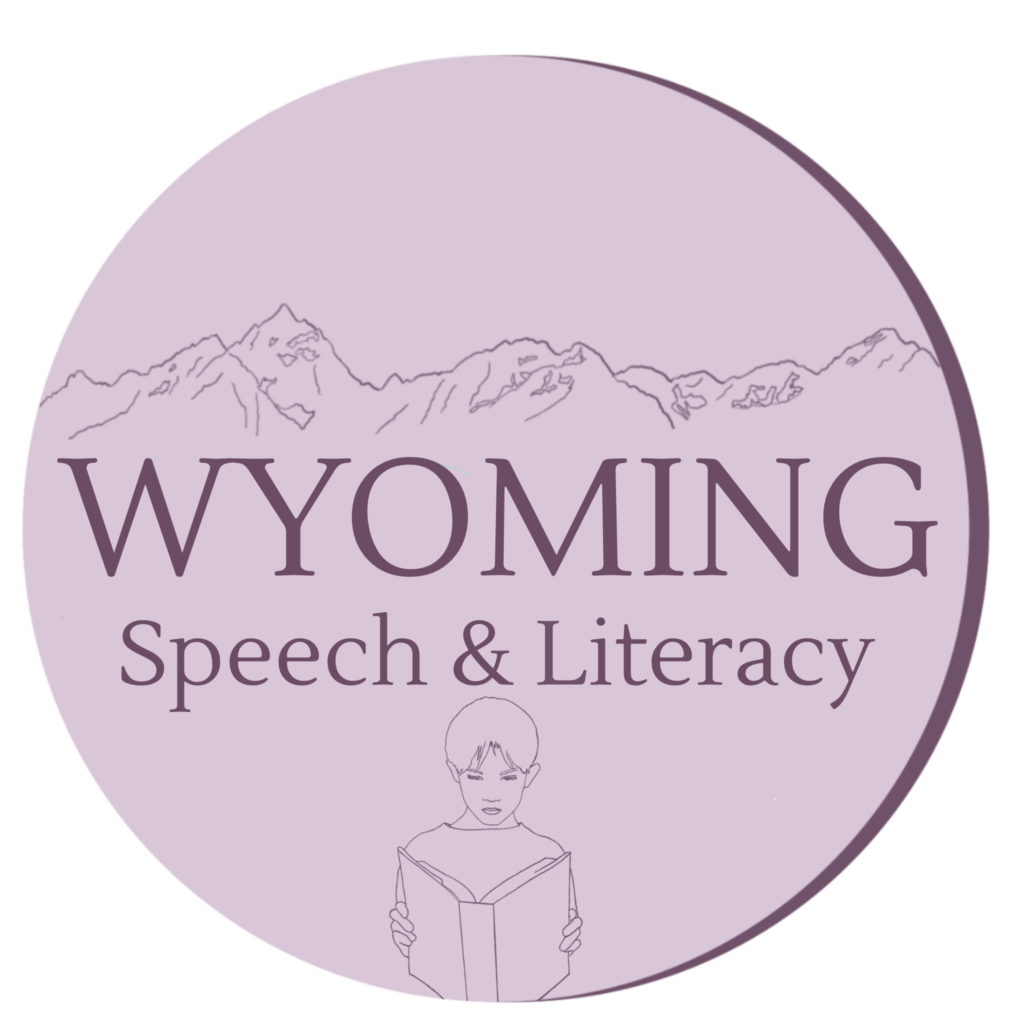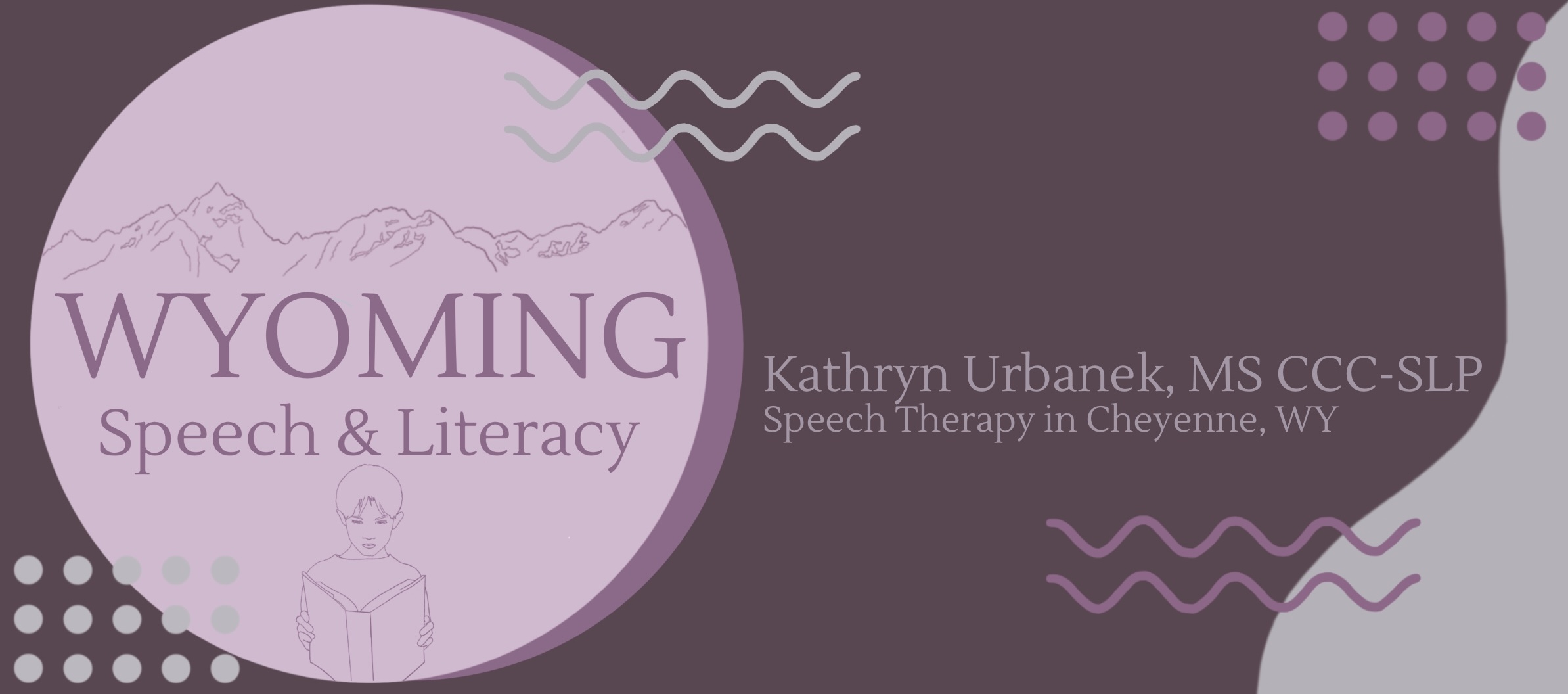Why Orton-Gillingham programs may not be helping your struggling reader
That is such a controversial statement, I’m surprised I’m writing it down, but I’m going there. A couple years ago, The Hechinger Report published an article here that rocked the dyslexia advocate community. The article summarized a lot of recent research that stated that Orton-Gillingham approaches are not the magic bullet and are not the end all-be all to helping struggling readers. One study highlighted was conducted by Stevens et. al, who performed a meta-analysis that found no statistically significant improvements for foundational skills (e.g., fluency, phonics, spelling) for all Orton-Gillingham based programs, including Wilson Reading System. Further, the program’s emphasis on multi-sensory learning made no meaningful impacts on learning outcomes. Additionally, in Dr. David Kilpatrick’s book Essentials for Assessing, Preventing and Overcoming Reading Difficulties, he categorized all Orton-Gillingham programs, including Wilson as overly complicated and minimally effective. Yikes.
If your child is struggling with reading, an Orton-Gillingham program has probably been recommended to you. In fact, many states have laws that require the use of Orton-Gillingham based programs for struggling readers. It is likely that if your child is struggling with reading, you will either be paying for an expensive Orton-Gillingham tutor or your child is receiving those services at school. Orton-Gillingham programs include the popular Wilson Reading System (including the whole class curriculum FUNdations) and the Barton System, among many others. Many schools and states are operating on the assumption that these program work. However, the evidence is just not there. I’ve read a lot of articles online about why the meta-analysis was flawed, or how the inclusion of children with significant learning challenges skewed results, but at the end of the day, rigorous peer-reviewed research has failed to show that Orton-Gillingham approaches are better than other reading programs (some much less expensive that can be implemented by paraprofessionals or parents and not an expensive tutor). It is interesting that the same individuals who are so invested in integrating the Science of Reading into schools and teacher training programs have blinders on when it comes to the research behind their pet Orton-Gillingham programs.
Let me preface everything that follows by saying that if your child has been helped by Wilson or other Orton-Gillingham programs, that is wonderful. It really is. Any child who isn’t struggling with reading is a big deal. When kids go from not getting phonics instruction to getting some phonics instruction, they often make progress. But that’s not what we’re asking. We’re asking whether Orton-Gillingham works better than other highly-researched programs with good outcomes. We’re asking whether the outcomes for Orton-Gillingham are so amazing that the intervention warrants being written into state mandates and whether tax dollars should go towards expensive Orton-Gillingham programming and interventionists at schools. So far, the science has not born that out. And that’s a big problem.
Why do I think Orton-Gillingham programs don’t work as well as advocates claim?
First of all, I am not opposed to phonics instruction. In fact, I know that phonics instruction is an integral part of learning to read. I happen to find fault with the way that Orton-Gillingham programs go about teaching phonics. For instance, the Wilson Reading System, including FUNdations, spends a great deal of time teaching all of the elaborate rules of English phonics and orthography. The assumption is that students need to know almost every rule, every exception to the rules and every exception to those exceptions to be successful readers (Kilpatrick, 2015). Did you know that there six main syllable types in English? You’re successfully reading this article, so I’m assuming you can name them, correct? No?? Hmm, that’s interesting. However, we have assumed that this is knowledge that your child needs to be a successful reader. Very interesting, indeed. If we assume that struggling readers need to learn rules that most highly skilled readers are unfamiliar with, I think we’re making a false assumption.
Additionally, most Orton-Gillingham and Wilson/FUNdation lessons include time marking up words as well. Here’s an example:

If your child has Fundations in school, you’ve likely seen homework come home like the above example. The syllable has been scooped and then crossed out as an exception, the glued sound has been boxed and the vowel has been marked as long. This shows a lot of sophisticated phonics knowledge. Great. Unfortunately, I see time and time again that all of this advanced knowledge in phonics doesn’t actually translate to actual reading tasks. I have seen so many students mark up words, tell me whether a word is open or closed-syllables and then are UNABLE to read those words in connected text. Very recently, I had a child tell me all about digraphs and long and short vowel sounds only to be completely unable to blend the sounds together to read the word, “chin.” When I see this, my assumption is that a lot is going wrong. Some of it has to do with the child’s phonological working memory and sound/letter retrieval difficulties, to name a few possibilities. But a lot has to do with the intervention.
First, the task of reading for a developing reader requires a huge cognitive load. The child has to simultaneously retrieve words/sounds from long-term memory, hold those sounds in their working memory to sound out unknown words, and then use their orthographic mapping skills to store those newly learned words into their brain for retrieval next time they encounter them all while they are monitoring for comprehension and assessing new vocabulary. The idea that kids can then also remember esoteric rules (e.g., “grounded” is a two-syllable word; a vowel-team syllable and a closed syllable and my vowel chart says that I make an “ow” sound for the /ou/ sounds) is astonishingly misguided. Throw in to the mix that half of children diagnosed with ADHD also meet the criteria for dyslexia, we have to assume that many of our struggling readers have working memory and executive functioning deficits that will make remembering elaborate rules next to impossible. And I haven’t yet mentioned kids with complex learning profiles, like many of those in special education, which further complicates the issue.
Secondly, syllable rules don’t correspond to morphology or spoken language, which makes learning all the syllable rules even more problematic. For instance, think of the word “cabin.” In Wilson, this would be categorized as a word with two closed syllables and the vowels make a short sound in both syllables: CAB-IN. However, say the word, “cabin.” Where do you find the natural break in the word? It’s after the A sound: CA-BIN. That’s how the word naturally chunks and if I were to record the word, you would see where there’s a break in your phonation between the “a” and the “b.” Wilson proponents would tell you this is a small problem, but it is much more common than you think for the spoken pronunciation to not correspond to syllable chunking rules. So now, kids have to ignore how the word sounds when they say it to remember syllable rules. It adds complexity instead of streamlining it. The same thing happens when we mix syllable rules with morphology, or the units of meaning in a word, like prefixes, suffixes and roots. Take the word “disagreeable.” This word is much easier to chunk by morphemes instead of syllables and if I tried to chunk it by syllables, I will likely butcher the pronunciation. However, if I can find “dis” and “agree” and “able” in the word (and better yet, know what those word parts mean), I can likely read it successfully. Leading reading researcher, Dr. Shanahan says that syllabification is important but not to be taught as rigid rules that rarely vary. It is much better to teach kids how to chunk words flexibly and especially, how to find the chunks that hold meaning like prefixes, suffixes and roots.
Thirdly, not nearly enough time is spent on actual reading tasks in Wilson/FUNdations programming. It doesn’t matter what skills you are teaching, you have to give ample time to generalize the skills. That’s just intervention 101. Instead, Wilson does the opposite, spending most of the time on teaching rules and individual skills and much less time on integrating those skills in the actual task of reading text. Lack of generalization of skills is my biggest critique of this program and they are not helping themselves by giving students so little time to practice reading connected text, especially in FUNdations lessons. The mark of any good reading intervention is that it does three things and does them well: a) teach phonemic awareness skills, b) provide explicit phonics instruction, c) generalize skills by reading connected text (Kilpatrick, 2015). Ideally, all of these pieces should be seemlessly integrated within the structure of a well-designed phonics program. As a general rule, struggling readers should read aloud a mix of decodable texts and/or high-interest texts for at least 20 minutes a day with a trained listener who can scaffold their learning of new words no matter what reading intervention they receive. The data on decodable books is inconclusive, but I have found success using decodable texts as training wheels to get kids quickly from sounding out each and every word and into more fluent reading so that we can access more engaging texts.
Finally, Orton-Gillingham approaches do not sufficiently leverage the statistical learning potential of the human brain. Mark Seidenberg’s book, Language at the Speed of Sight is a great intro guide to how the human brain reads. At a basic level, human brains are like computers. Information is organized into patterns and that information is stored based on those patterns. For instance, if I were to give you a priming word like “dog” you could then remember 10 words related to “dog” much faster than if I asked you to say ten random words. That’s because words related to “dog” are stored in proximity or connected to each other because of pattern recognition. The same goes for reading. The brain looks for patterns and remembers information based on those patterns. So while you, as a reading adult, may not be able to tell me the syllable types represented, your brain knows that pickle, heckle, and stifle follow a similar pattern. Orton-Gillingham approaches spend a lot more time teaching kids to apply previously learned rules during reading tasks than leveraging the brain’s statistical learning capabilities. Remembering all the complex the rules of English orthography and attempting to apply them during a reading task requires meta-cognitive thinking, and is often overly taxing for the brain. Struggling readers are far better served by activities that promote statistical learning, that is, instructional practices that spend a lot more time discovering patterns and a lot less time memorizing rules.
Your child is already getting Orton-Gillingham trained, whether you like it or not:
Many states and school districts have already adopted Orton-Gillingham programs into their reading instructions based on state mandates. The National Reading Panel posits that there are five pillars of reading that we have to address in reading instruction: phonics, phonemic awareness, fluency, vocabulary and comprehension. My child’s elementary school has three separate programs to teach reading that are supposed to address all pillars of reading; Heggerty, FUNdations, and Wit & Wisdom. Heggerty is a supplemental program that is supposed to teach kids phonemic awareness. Unfortunately, recent research by the Florida Center for Reading Research found no significant improvements for school districts that used Heggerty as a supplement to their phonics instruction vs schools who just had a stand alone phonics program. FUNdations, an Orton-Gililngham program is responsible for phonics. FUNdations is problematic for all the reasons I listed above, so phonics instruction is lacking. The third program is Wit & Wisdom, which is supposed to take care of vocabulary, comprehension and fluency. Instead of integrating phonics and phonemic awareness and reading and comprehending connected text into one, cohesive learning experience, the necessary skills have been siloed into distinct skill development. This is likely thanks to curriculum developers who all want their own chunk of the pie. The current reading instruction is akin to teaching children to ride a bicycle, but the bicycle has been taken apart and handed to them in pieces. They get a handlebar, a seat, some pedals and a chain. They get really good at making those pedals move and turning their handlebars. When we feel like they can do all separate components well, we point to a bike in a corner and tell them to go ride it. As soon as they try to ride it around the room, they crash into the bookshelf, and then we wonder what is going wrong with the child?! Not only that, but the pieces of their bicycle are bent and rusty. They have a phonemic awareness program that doesn’t help, a phonics program that is based off Wilson, a minimally effective at best but most likely not statistically significant in its effectiveness. Finally, so many kids at my local school district lack the foundational skills necessary to read that is practically impossible to gauge the effectiveness of Wit & Wisdom in regards to fluency/vocabulary/comprehension because the kids can’t read the materials independently! Additionally, many students from at risk populations lack the requisite oral language abilities to access higher level vocabulary to comprehend complex texts. That’s not because of bad teaching, it’s because we have based the development of foundational reading skills off of a flawed narrative.
Orton-Gillingham is NOT the program for kids in special education:
Orton-Gillingham is not only pushed into many local curriculums, it is being advocated for students with the most significant needs, our kids in special education. I took the Wilson Introductory Course when I worked for a school and the trainer flat out said that Wilson is not designed for students with cognitive needs. Unfortunately, many of our students in special education have complex learning profiles. A program that requires significant cognitive load to remember and apply elaborate rules will likely fail to help these students. Unfortunately, when dyslexia advocates meet with local districts, they often push for Wilson for all, believing their own false narrative. Kids with complex needs will likely need extensive instruction in all areas of reading, especially vocabulary and comprehension as they are likely to have deficits in more than just phonics and phonemic awareness. They likely do not need drastically different instruction than their peers, but they will need ramped up intensity and repetition of skill development in their intervention delivery. There really isn’t a good program marketed for populations with significant needs, but a skilled interventionist can pull together interventions in comprehension, vocabulary, fluency, phonics and phonemic awareness to fully address their needs. Wilson is designed for individuals with average to above-average intelligence and even then, it’s cognitive demands can be overwhelming, so it is not the program we should be touting for special education students.
The bottom line for Orton-Gillingham programs like Wilson is that while kids do need to know enough phonics rules to get by, elaborate rule-learning is not only likely unnecessary, but is possibly detrimental for our students with significant needs. Struggling readers NEED systematic, explicit phonics and phonemic awariness instruction to build foundational skills. Many students at-risk for delayed language development NEED explicit vocabulary and language instruction as well. Struggling readers NEED to be taught in ways that leverages the statistical learning potential of the brain. Older readers NEED to learn to approach multisyllabic words flexibly, with the ability to flex vowel sounds and search out familiar prefixes, suffixes and roots with enough syllabification knowledge to help them break words into manageable pieces. What struggling readers do not need is a rigid, rule-based intervention that is cognitively top-heavy and full of unnecessary knowledge building. I’m a speech language pathologist. I can identify syllable types and diagram words and sentences because it’s my job. Your kids shouldn’t have to. We can and should do better.
Resources:
Barshay, J. (2022). PROOF POINTS: Leading dyslexia treatment isn’t a magic bullet, studies find, while other options show promise
Kilpatrick, D. (2015). Essentials for Assessing, Preventing and Overcoming Reading Difficulties
Seidenberg, M (2017) Language at the Speed of Sight
Stevens et.al (2021) Current State of the Evidence: Examining the Effects of Orton-Gillingham Reading Interventions for Students With or at Risk for Word-Level Reading Disabilities

